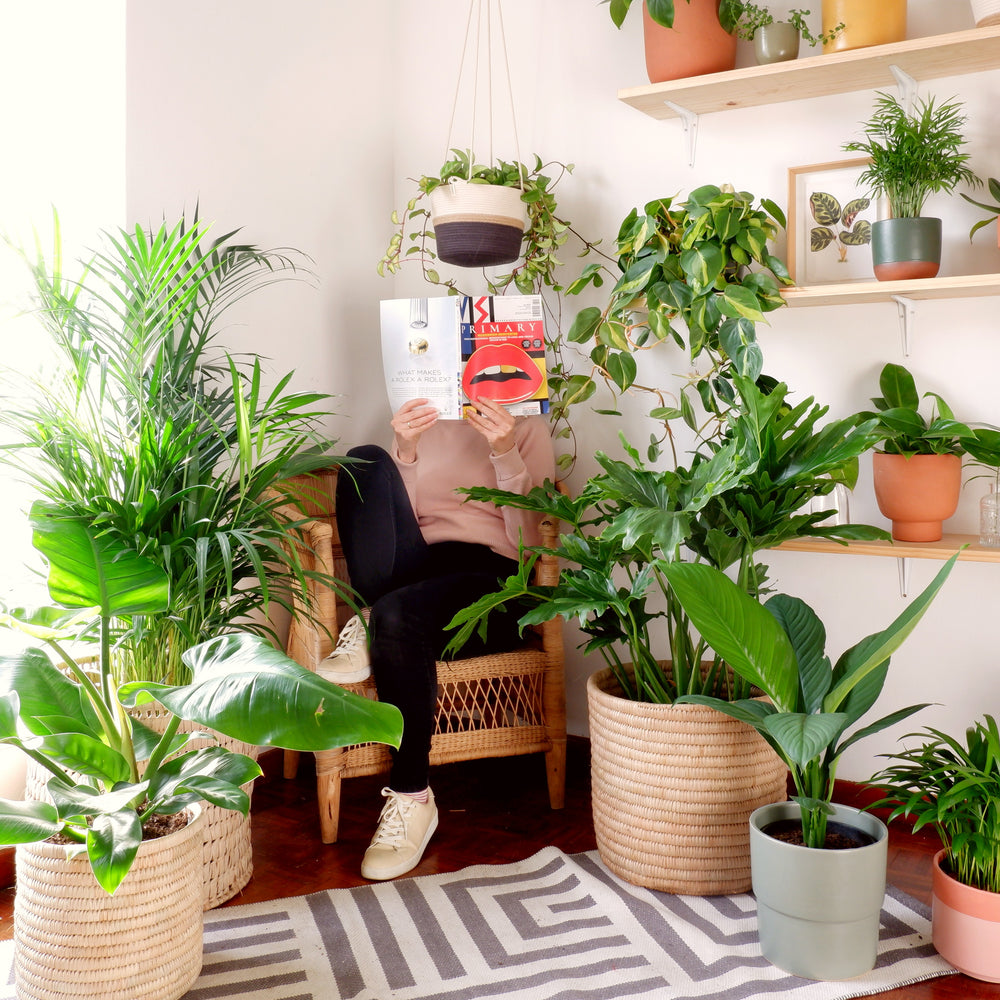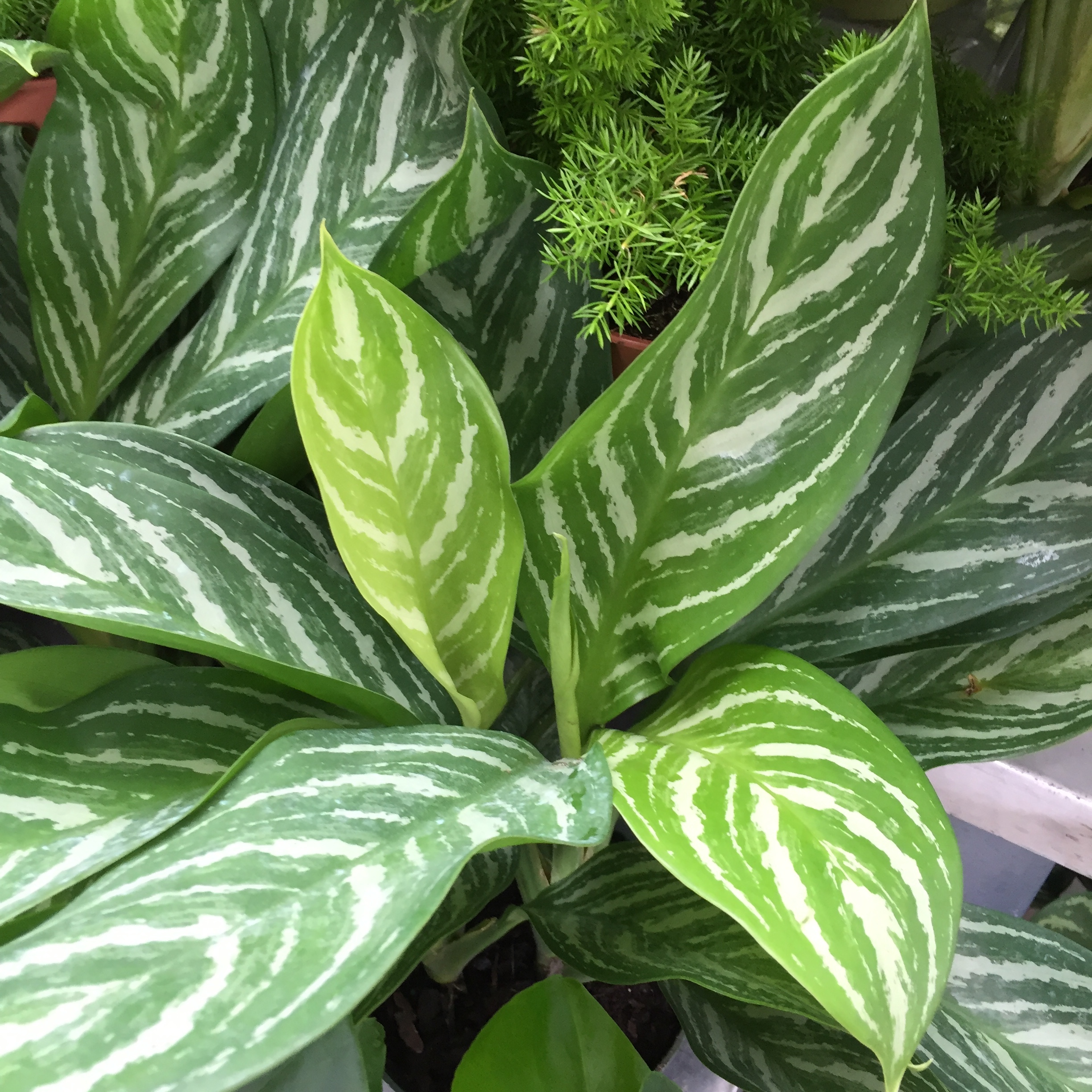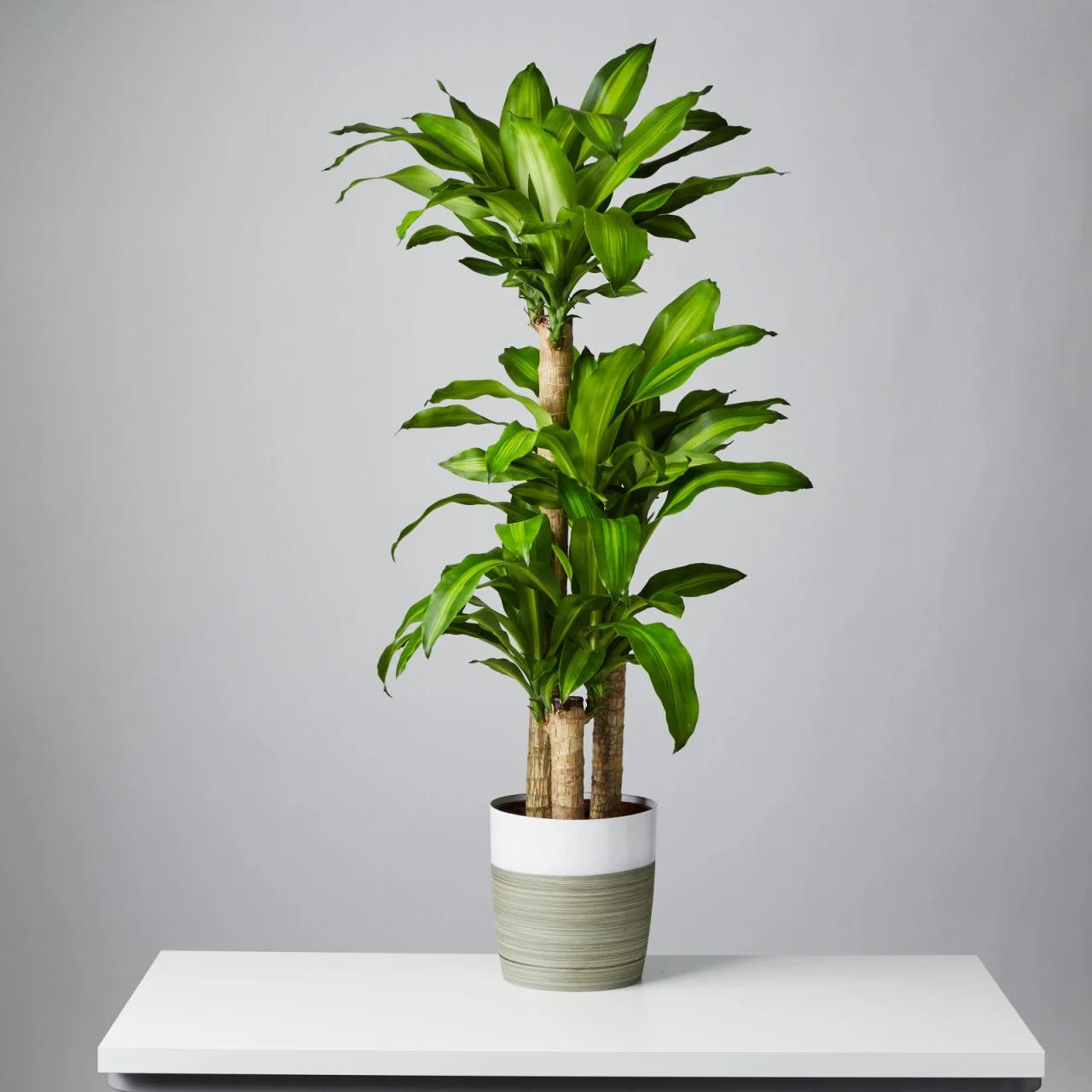The Best Low-Light Indoor Plants You Can Grow Without Natural Light
The Best Low-Light Indoor Plants You Can Grow Without Natural Light
Blog Article
Discover the Tricks of Low-Light Indoor Plants and Just How They Boost Your Atmosphere
Low-light indoor plants have actually amassed raising focus for their one-of-a-kind capacity to enhance both visual charm and ecological top quality within offices and homes. These resistant types, consisting of the Serpent Plant and Tranquility Lily, not only prosper in difficult illumination problems yet additionally play a pivotal duty in air purification and psychological well-being.
Advantages of Low-Light Indoor Plants
Although lots of people think that interior plants call for plentiful sunlight to prosper, low-light interior plants supply a plethora of benefits that make them perfect for numerous environments. Among the main benefits is their adaptability; they can grow precede with limited natural light, such as workplaces, basements, or areas with tiny windows. This feature permits people to enhance their surroundings with greenery, contributing to enhanced appearances without the demand for substantial illumination modifications.
In addition, low-light interior plants can considerably improve interior air quality by launching and filtering system hazardous contaminants oxygen, making living spaces healthier. The visibility of plants has actually been linked to higher feelings of peace and focus.
Additionally, low-light plants often require much less maintenance than their sun-loving equivalents, making them excellent for busy people or those brand-new to gardening. Their resilience allows them to flourish with marginal treatment, hence supplying a satisfying experience for plant lovers and newbies alike. In summary, low-light indoor plants serve both practical and aesthetic purposes, making them important enhancements to any area.
Top Low-Light Plant Varieties
Low-light indoor plants been available in a selection of species, each offering special features and advantages fit for dim settings. Amongst one of the most preferred ranges is the Serpent Plant (Sansevieria), known for its building leaves and air-purifying abilities. This durable plant grows on neglect and can endure a vast array of light conditions.
Another outstanding selection is the ZZ Plant (Zamioculcas zamiifolia), which includes shiny, dark environment-friendly fallen leaves and is highly drought-tolerant. Its flexibility makes it a favorite for workplaces and homes with minimal sunlight.
The Pothos (Epipremnum aureum) is likewise a leading competitor, with its tracking vines and heart-shaped fallen leaves - Best low-light indoor plants. This flexible plant can be trained to climb or cascade, adding visual interest to any room

Treatment Tips for Low-Light Plants
Looking after low-light interior plants needs a nuanced understanding of their certain demands to guarantee optimal growth and vigor. Initially, it is important to pick the appropriate potting mix, as a well-draining soil is crucial to avoid root rot. A blend made for houseplants, typically containing peat moss and perlite, functions well for many low-light selections.
Watering is one more crucial aspect of care. Low-light plants generally call for less regular watering contrasted to their sun-loving counterparts.
Fertilizing ought to be come close to with Continue caution. Throughout the growing period, a diluted liquid fertilizer can be applied monthly, yet in winter season, numerous low-light plants get in dormancy and require little to no fertilizing.
Last but not least, it is necessary to regularly clean up the leaves to get rid of dust, allowing for better light absorption. By sticking to these treatment pointers, article source you can cultivate a thriving setting for your low-light interior plants, boosting both their appearance and durability.
Enhancing Air Quality With Plants
Indoor plants play a substantial function in enhancing air top quality within homes and office. With the process of photosynthesis, these plants absorb carbon dioxide and launch oxygen, adding to a much healthier environment. In addition, specific low-light interior plants possess the ability to filter hazardous pollutants, such as formaldehyde, benzene, and trichloroethylene, which are generally discovered in interior environments.

Additionally, the presence of indoor plants can raise moisture degrees, which assists minimize dry skin and respiratory system issues, further enhancing overall wellness. This capacity to improve air high quality not only advertises physical health yet also supports psychological wellness.
Including low-light indoor plants right into your living and functioning areas can cause a more vibrant and stimulating atmosphere (Best low-light indoor plants). Buying these all-natural air purifiers is a simple yet efficient method for enhancing indoor air high quality and promoting a much healthier lifestyle
Developing a Tranquil Indoor Room
The assimilation of plants right into living areas not just enhances air top quality however likewise contributes to a relaxing environment. Low-light interior plants, such as serpent plants and pothos, are especially efficient in developing a tranquil setting, as they flourish in problems that may otherwise be inhospitable for various other greenery. Their lavish vegetation offers a relaxing visual, minimizing tension and advertising leisure.
Incorporating these plants into your office or home can evoke a feeling of peace and well-being. Tactically putting them in locations where you spend significant time, such as living work areas or spaces, enables for an immersive experience with nature, which has actually been shown to improve state of mind and cognitive function.
Moreover, the mild activity of leaves in reaction to airflow can create a see post vibrant visual aspect that enhances the overall ambiance. Take into consideration utilizing a selection of plant elevations and structures to include deepness and interest to your space. With thoughtful positioning and treatment, low-light indoor plants can transform any area right into a tranquil refuge, promoting not only visual fulfillment yet mental and likewise psychological health.

Conclusion
Including low-light interior plants into various atmospheres yields considerable advantages, including enhanced air high quality and enhanced visual allure. The transformative power of low-light plants underscores their value in boosting both household and occupational setups.
Although lots of people presume that indoor plants need abundant sunshine to grow, low-light indoor plants use a wide variety of benefits that make them excellent for numerous atmospheres.Moreover, low-light indoor plants can significantly enhance interior air high quality by filtering hazardous contaminants and releasing oxygen, making living spaces healthier. In addition, specific low-light indoor plants possess the capacity to filter damaging contaminants, such as formaldehyde, trichloroethylene, and benzene, which are generally found in interior atmospheres.
Low-light interior plants, such as serpent plants and pothos, are particularly efficient in producing a peaceful environment, as they grow in problems that might or else be inhospitable for various other greenery.Incorporating low-light indoor plants right into numerous settings returns considerable advantages, including enhanced air quality and enhanced visual appeal.
Report this page